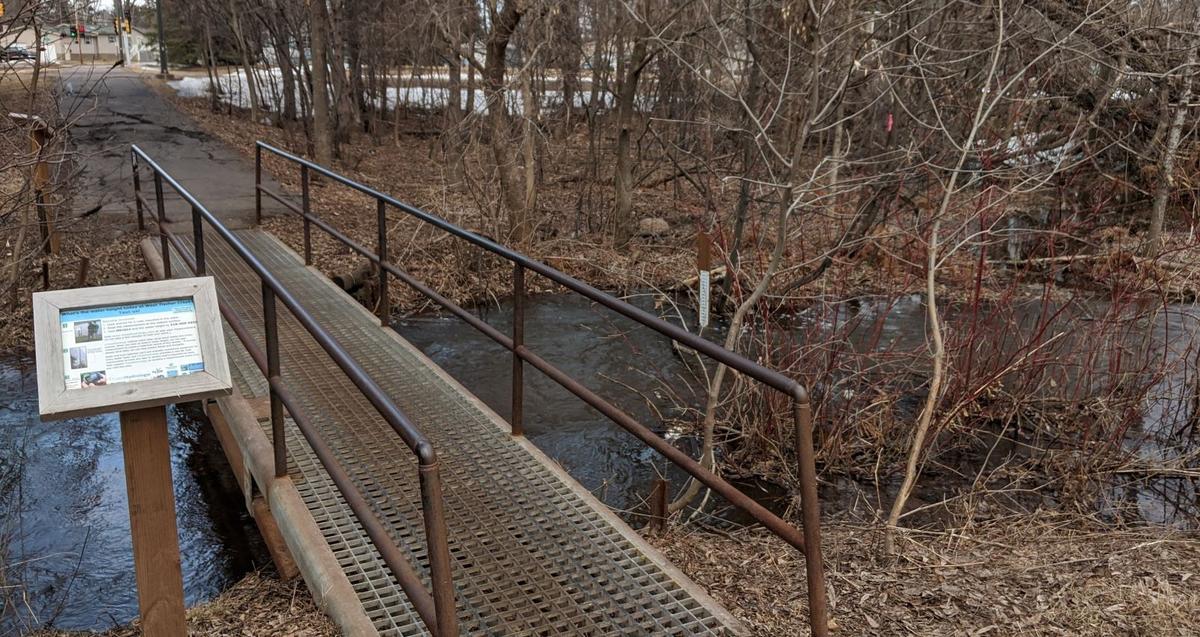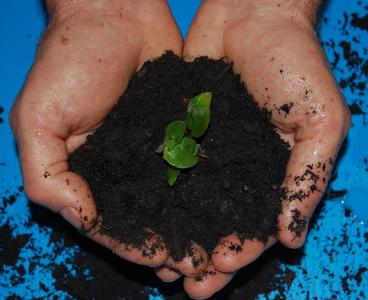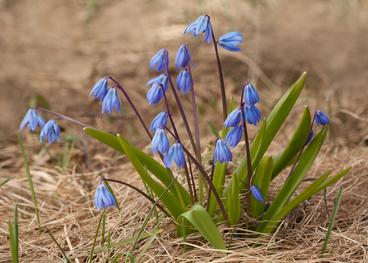Birding in your backyard
Running out of nature documentaries to watch? Explore the real feathered wildlife out your window with the online and interactive Minnesota Breeding Bird Atlas at mnbirdatlas.org. Launched by NRRI and Audubon Minnesota in 2018, it provides a summary of the 249 birds documented in Minnesota during five summer seasons, from 2009-2013. Read about the history of their presence in Minnesota since the 1800s and their breeding habitats, population status, and conservation. Each account includes maps and graphs depicting surveyed abundance across the state.
Explore your world from home
Staying at home doesn’t mean stop exploring.The Minnesota Natural Resources Atlas at mnatlas.org is an online, interactive mapping tool developed at NRRI. Explore the flora and fauna in your neighborhood, like native plants and trout lakes. Dig into demographics and social and economic resources and challenges, like population, cost of living or social vulnerability. Use the interactive mapping tool to find new trails close to home. This easy-to-use database provides users access to over 300 data layers from reputable sources covering the entire state of Minnesota.
Become a citizen scientist on your daily walk
Help NRRI scientists gather important stream data from your nearby Duluth stream. All you need is a mobile phone (and it doesn’t even need to be smart). NRRI has water level gauges at 17 locations in 8 streams near walking trails. We’re asking local citizens to take a picture or note the level in a text. Visit this webpage on LakeSuperiorStreams.org to see the list of streams and their locations. Information for where to text the information is at each gauge site. For more citizen science opportunities, visit citizenscience.org.
Social distancing in your boat
Are you a St. Louis County angler watching the snow melt and anticipating fishing season? NRRI developed an interactive Aquatic Invasive Species (AIS) Risk Assessment website. It shows which lakes in the county are most at risk for being invaded by unwelcome species. Did you know that 146 lakes in St. Louis County have at least one of the aquatic invaders? Know the risks and wash your boat and gear!
Turning waste into soils
NRRI is working on an interesting project to develop specialty soils with industrial byproducts. But you can do your own version at home. If you find yourself doing more cooking at home, turn your food scraps into garden soil. The Western Lake Superior Sanitary District (WLSSD) has a lot of great information on how to start composting at home.
A place for your compost
Maybe you want to cut down on trips to the grocery store by planting your own garden this spring. A good place to start is learning about your soil type. Soil is a living ecosystem—a large community of living organisms linked together through nutrient cycles and energy flows. Get ready for spring planting by learning about garden soils from our University experts.
Explore UMD's library resources online
Want to dig up a little history? UMD's Archives & Special Collections Online Resources has interesting collections you can explore online. Old photographs and local oral histories give a peek into the past.
Pretty invasive
Keep your eyes open later this spring as flowers start to pop. Scilla siberica, sometimes called squill, is a possibly troublesome garden plant and one of the first flowers to bloom this time of year. This perennial is commonly sold at garden centers as an early spring ephemeral, and gardeners have planted and enjoyed this small blue flower for years. Unfortunately, squill has proven to be good at outcompeting our native spring ephemeral flowers. Join the squill hunt on your spring hikes.
More University resources from Extension
There’s plenty to do outside. The University of Minnesota Extension office has pulled together Nature-based activities to do while practicing social distancing. Information on forest bathing (yes, it’s a thing), observing and recording nature with an app and a forest-focused reading list are some of the offerings.


